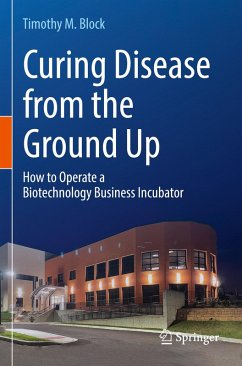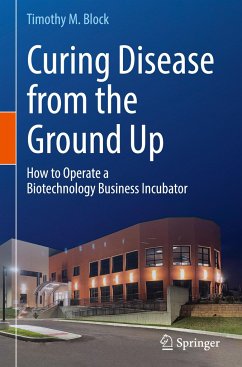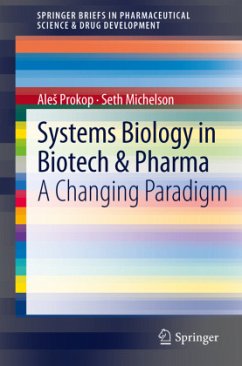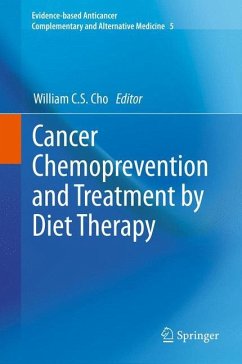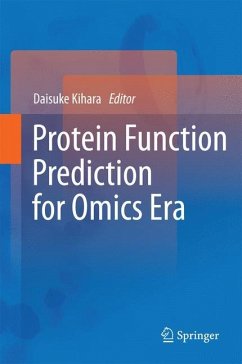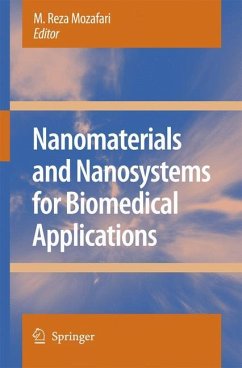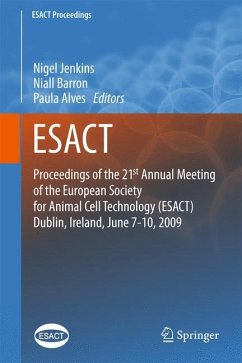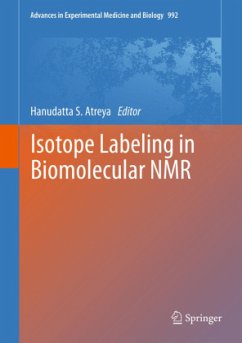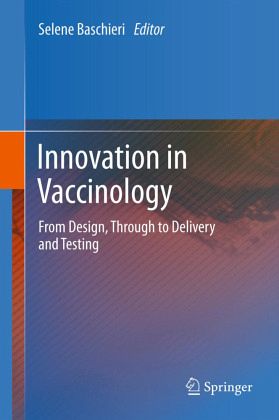
Innovation in Vaccinology
from design, through to delivery and testing
Herausgegeben: Baschieri, Selene

PAYBACK Punkte
58 °P sammeln!
Prevention of infectious diseases by vaccination is one of the most significant achievements of modern medicine. During the 20th century, the average human life span in the developed world was about 70 years and it is expected to increase, with a significant portion of this increase directly attributed to vaccination. Since the first empiric vaccination trials, knowledge and technology have enormously evolved and new vaccination strategies are emerging on the market. Indeed, in spite of the great success, conventional vaccination strategies sometimes may result ineffective and, above all, may ...
Prevention of infectious diseases by vaccination is one of the most significant achievements of modern medicine. During the 20th century, the average human life span in the developed world was about 70 years and it is expected to increase, with a significant portion of this increase directly attributed to vaccination. Since the first empiric vaccination trials, knowledge and technology have enormously evolved and new vaccination strategies are emerging on the market. Indeed, in spite of the great success, conventional vaccination strategies sometimes may result ineffective and, above all, may raise safety concerns. The aim of this book is to provide an overview of some of the technology platforms that have been realized or are currently under development to try to address unsolved and new issues in the field of vaccine development. Common denominator of all thematic areas described herein is the multidisciplinary teamwork. Most of the enabling technologies have been established by putting in the "melting pot" expertise in fields that, at first glance, may appear very far apart. I hope that this collection of articles will make the readers aware that vaccinology is rapidly taking a new direction, ceasing to be an empirical science.





